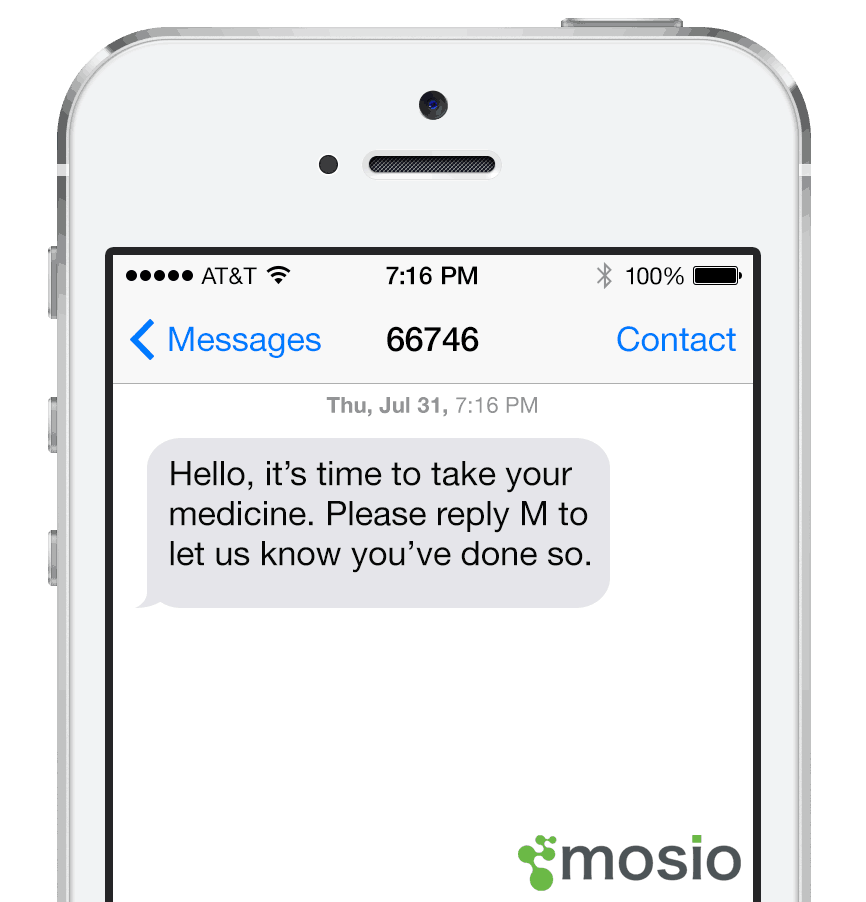The life of a research coordinator is busy, filled with many tasks. Your commitments often mean it’s difficult to get through your ‘to do list’ each day. We wanted to share some handy tools designed to make your role more manageable and help you get through your ‘to do lists’ faster.
Let’s take a deeper look at five effective and efficient tools out there for research coordinators:
1. Loom
It has been said “if a picture is worth a thousand words, a video is worth a million”. Loom makes it easy to share your million words.
With Loom, you can record yourself speaking, conduct entire presentations or a simple screen share.
People speak up to six times faster than they type, so sending a video can save valuable time. Next time youu want to show a study participant something vs. writing it out try using a loom video
Loom shares on their website that video messages are significantly more memorable than those that we read. In fact, 95% of video messages are typically remembered by its recipient.
At Mosio, we use it for internal communications and to provide training and clarity for research clients.
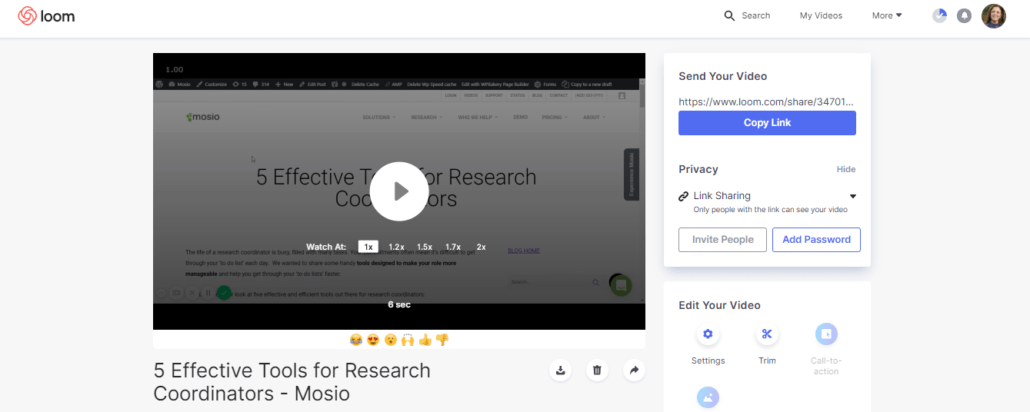
2. Short.cm
It’s imperative study participants are able to quickly access and understand information. Given the complexity of trials, forwarding URLs can become a little arduous. URLs that are 18 lines long can be extremely off-putting for recipients, too.
Short.cm helps to make the task of sending complex web addresses very easy by automatically condensing URLs into tiny extensions that don’t overwhelm recipients.
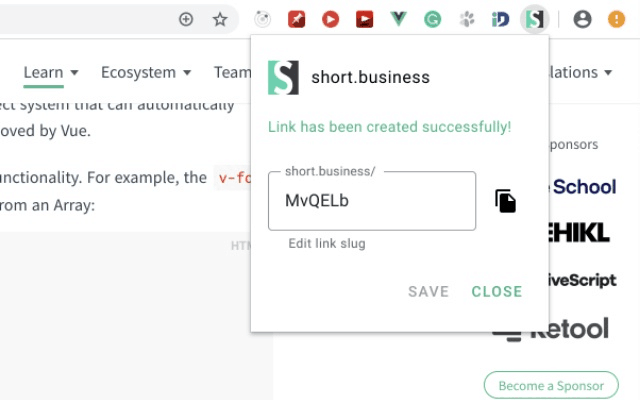
3. Draw.io
Sometimes, all you need is a flowchart software to plan out interventions, messages, data collection or one of the many other aspects of interacting with study participants. Planning work and communication flows means you need as many powerful research tools as possible in your toolkit.
Draw.io wastes no time in getting to know you and sends users straight into the business of creating charts. The beauty of this software is that it’s easy and user friendly. Anyone can easily create fully-fledged flowcharts of just about any plan or scenario within minutes.
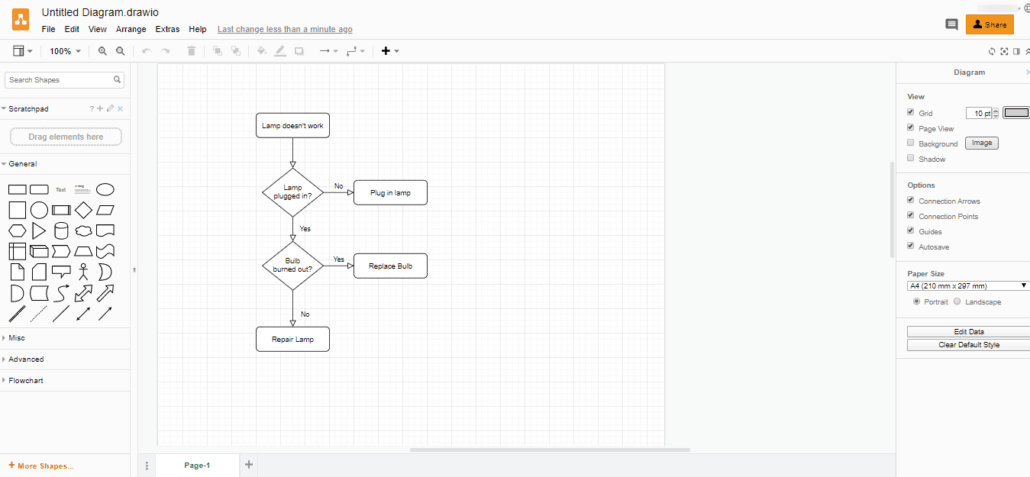
4. Grammarly
It can be difficult to dedicate time towards constructing and editing communication with study participants. Grammarly is an excellent tool to help you create clear, mistake-free messages.
Grammarly looks like a word processor. However, it uses AI to interpret the tone of your sentences and paragraphs and analyzes your writing for grammatical errors and typos. It’s an ideal tool to use when needing to quickly communicate trial updates or results to patients.
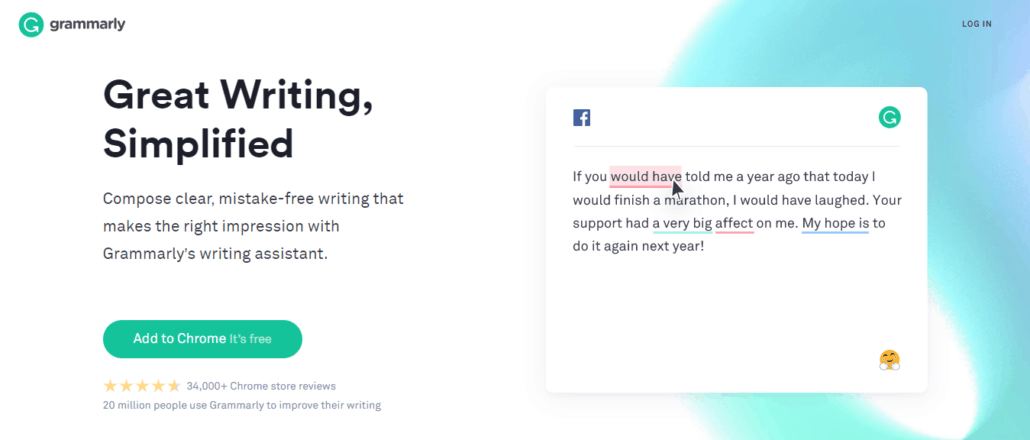
5. Mosio
Mosio is a tool designed with Research Coordinators in mind. We understand how difficult it can be getting in touch with participants using phone calls and emails. The software allows study communications to be automated, scheduled and sent to each participant’s mobile phone.
Study participants can be added quickly to a campaign and will automatically be sent scheduled texts to remind them of their study commitments (for example – dosage reminder). Using this software relieves coordinators of time intensive tasks that can occur as part of their job.
Unless you are able to run your study without communicating with your participants, text messaging is a must-have research tool to make your communications more efficient.
